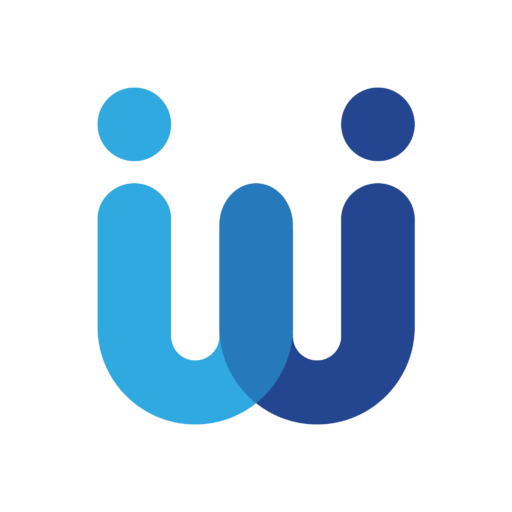Indirect Procurement : Definition and Challenges

Are you familiar with indirect purchases? These often overlooked expenses can represent a significant proportion of your company’s budget. In this article, we’ll explore in detail what indirect purchasing is, how it differs from direct purchasing, and above all how you can optimise this type of purchase.
Sommaire
What is indirect procurement?
Indirect purchasing, also known as non-strategic purchasing or non-production purchasing, refers to the acquisition of goods and services that are not directly linked to a company’s production process, but which facilitate its operations. This type of purchase is therefore not directly linked to the company’s core business, unlike direct purchases.
It should be noted that indirect purchases account for around half of a company’s total expenditure.
The management of indirect purchasing is often less structured than that of direct purchasing. A large majority of companies admit that they do not have a clear or global view of their indirect purchasing expenditure.
Examples of indirect purchasing
Here are a few examples of indirect purchasing:
- Office equipment: notepads, notebooks, pens, coffee, toilet paper, etc.
- Utilities: water, electricity and maintenance.
- Outsourced services: security guards, janitorial services, IT services, etc.
- Travel: costs associated with business travel and business trips.
- Technology: computers, licensed software, telephony.
- Facilities: offices and laboratories
- Professional services: consultants and advisers.
- Human resources: training and recruitment
- Marketing: advertising expenditure, social networks.
As you can see, there are a huge number of indirect purchases in the day-to-day running of a business!
How does this differ from direct purchasing?
Direct purchases, on the other hand, involve the purchase of goods and services directly associated with the manufacture of the company’s end product. For example, a factory that buys raw steel to manufacture vehicle parts, a restaurant that buys raw food, or a fashion brand that sources fabrics, are all examples of direct purchases.
Direct purchases are generally made in large quantities to obtain a wholesale price and are essential to the smooth running of the business.
- To learn more: Direct and indirect procurement: what are the differences?
The challenges of indirect purchasing
Indirect purchases account for a significant proportion of all company expenditure, and therefore have a significant impact on the budget. On average, indirect expenditure accounts for 50% of a company’s total purchases. However, unlike strategic purchasing, which is generally managed in an organised and rational way, indirect purchasing often does not receive the same attention. And yet, when these purchases are handled correctly, companies can reduce indirect costs by 25%!
Some of the challenges you may encounter when managing indirect purchasing include rationalising the supplier panel, process visibility, wildcard purchasing, purchasing control and expense management.

Examples of indirect purchasing
Here are a few examples of indirect purchases:
- Office equipment: notepads, notebooks, pens, coffee, toilet paper, etc.
- Utilities: water, electricity and maintenance.
- Outsourced services: security guards, janitorial services, IT services, etc.
- Travel: costs associated with business travel and business trips.
- Technology: computers, licensed software, telephony.
- Facilities: offices and laboratories
- Professional services: consultants and advisers.
- Human resources: training and recruitment
- Marketing: advertising expenditure, social networks.
As you can see, there are a huge number of indirect purchases in the day-to-day running of a business!
How can you optimise your indirect purchases?
The management of indirect purchases is often neglected in companies, but it represents a good opportunity to make savings.
To optimise your indirect purchasing, it is advisable to use your data to identify opportunities and develop purchasing strategies by category. By analysing your purchasing data, you can identify trends, spot savings opportunities and make better decisions.
Another way of optimising indirect purchasing is through the use of new technologies. Purchasing management software, such as Weproc, can help indirect buyers streamline their purchasing process by providing tools for monitoring and measuring performance.
With Weproc, you can automate your purchasing processes, generate purchase orders automatically, easily manage your suppliers and budgets in one place, and integrate your data with any accounting or ERP system.
Want to learn more about our procurement management software Weproc? Contact us or request your free 15-minutes demo below!

Weproc is a SaaS software specialized in digitizing the procurement process of companies. From purchase requests to supplier invoicing, through the validation process, Weproc is designed to simplify the purchase management of SMEs and mid-sized companies by centralizing all purchase-related activities.